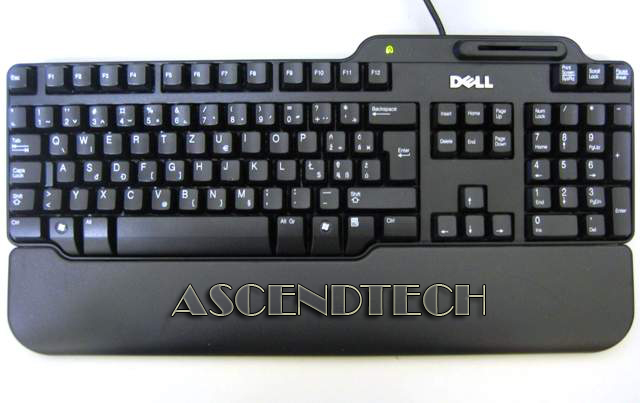
#Smart card reader keyboard how to#
One of the challenges of introducing contactless cards and RFID tag technology to identify users or assets is how to make this work with existing software that might only be designed to accept data typed in by a user. The data can be displayed on screen, or can be passed to other applications or logged to file for future reference. It will also read standard ID data stored on a card, including site codes, and can be further customised to read specific data formats and sectors if needed. When combined with appropriate readers, it can identify a wide range of different card brands and technologies from RFID manufacturers such as NXP, HID and Sony. Similarly, system developers and access control installers often need to identify cards that have been previously supplied to their customers, so they can offer the best advice in terms of compatibility with different readers, migration to new technologies and integration with other systems and solutions. Understanding the technology used makes it much easier to re-order replacement cards, as well as considering whether the cards can be used for additional purposes, such as ‘follow me’ printing or time and attendance. One of the biggest headaches facing Facilities, Security and IT Departments is knowing exactly what types of cards have been deployed, what information is stored inside them, and in what format. Usually these cards will use a contactless RFID technology such as MIFARE Classic, MIFARE Ultralight, MIFARE DESFire, iClass, HID Prox and FeliCa, to name but a few.

Read-a-Card for RFID card & tag identificationĪn ever increasing number of employers and educational establishments use electronic cards and tags for any number of purposes including photo-ID, cashless vending and buildings access.


 0 kommentar(er)
0 kommentar(er)
